In recent years, the Ministry of Culture and Tourism has successfully managed a comprehensive process of reviving cultural artifacts, completing one by one several long-delayed projects and putting them into service. On the other hand, by launching the Türkiye Culture Route Festival, the ministry implemented a vital initiative that has enabled cities across the country to engage with culture and the arts – ultimately establishing the festival as an international brand. Now, preparations are underway to promote the “Legacy for the Future Project,” which took its first steps in 2023, to a wider audience.
For this reason, this article will begin with a brief overview of the efforts made to revive our cultural heritage. It will then turn to the “Legacy for the Future Project,” which can be considered a relatively new initiative. In discussing the revival of our cultural heritage, we will refer to the 2023 book by Culture and Tourism Minister Mehmet Nuri Ersoy, titled “Culture and Tourism in the 100th Anniversary of Our Republic.” The book provides a detailed account – rich with visual content – of the projects that have been initiated, carried out, or completed in the fields of culture and tourism. A close reading of the book reveals in greater detail the significant progress made in just five years toward addressing the cultural shortcomings frequently emphasized by President Recep Tayyip Erdoğan.
At the forefront of these significant breakthroughs is the reopening of the Hagia Sophia Grand Mosque for worship in 2020, culminating in the performance of the first Friday prayer there after 86 years. In doing so, a long-standing aspiration spanning decades was fulfilled, as Hagia Sophia – an emblem of the conquest and a legacy of Sultan Mehmed the Conqueror – was once again opened as a mosque.
The Istanbul Atatürk Cultural Center (AKM), long at the center of public debate, was finally inaugurated on Oct. 29, 2021, with a much more functional and modern design. Spanning a closed area of 95,000 square meters, the new AKM houses a 2,040-seat opera hall, an 805-seat theater, foyer areas, a children’s art center, exhibition halls, a cinema, the AKM Music Platform, and numerous cafés. Although its construction had been the subject of considerable controversy, the AKM hosted over 624,000 attendees at events last year alone. It has also become a popular gathering place for Istanbul residents, with 2.4 million people passing through its security gates.
One of the most significant projects carried out in Istanbul is undoubtedly the Rami Library. Originally gifted as farmland to Grand Vizier Rami Mehmed Pasha, the Rami Farm Barracks were later used for military purposes. After an extensive restoration process, the Rami Library was opened to the public on Jan. 13, 2023. With a seating capacity of 4,500, it ranks among the top three largest libraries in the world and, with its 51,000 square meters of landscaped area, it is the largest library in Türkiye operating 24/7. Since its inauguration, it has hosted numerous prominent cultural and artistic events. Winning awards in every competition it has entered, the Rami Library was also selected as a finalist for the 16th Cycle of the 2025 Aga Khan Award for Architecture.
The new building of the Istanbul Museum of Painting and Sculpture has been completed and opened to the public, featuring exhibition halls, offices, storage, and library spaces. The Galata Tower underwent restoration and was reopened to visitors on Oct. 6, 2020. The Maiden’s Tower (Kız Kulesi) was restored to its original form using masonry and wood, and it was reinforced to withstand earthquakes. Restoration and exhibition-design works at the Istanbul Archaeological Museums have also been completed. In addition, the historic Atlas Building in Istanbul was restored and transformed into the Atlas 1948 Istanbul Cinema Museum, while the Istanbul Airport Museum was established within the airport premises.
In Izmir, the Alsancak Tekel Factory was restored and reopened on April 29, 2023, as the Izmir Culture and Arts Factory. The project includes the Archaeology and Ethnography Museum and the Museum of Painting and Sculpture, and it continues to serve as a major cultural hub with its libraries, art workshops, and book cafés. Additionally, the Bornova Culture and Arts Center in İzmir was completed in a short period and opened to the public in 2018.
The Sümela Monastery, which is included in the UNESCO World Heritage Tentative List, underwent restoration and was reopened to visitors in 2021. Similarly, Bodrum Castle was restored and reopened to the public on May 18, 2021.
Beyond these major undertakings, it is also worth noting that restoration and conservation work has been completed on 96,264 artifacts held in the inventories of museum directorates across various provinces. Numerous museums have been renovated, and many new museums have been established. At the same time, significant efforts have been made to repatriate cultural artifacts that were smuggled abroad. Since this struggle began in 1980, approximately 27,000 artifacts have been returned to Türkiye. Of these, 13,200 were repatriated in the last 20 years, with 9,000 of them brought back after 2018.
The book highlights significant progress made in the registration of our cultural assets. Between 2019 and 2022, a total of 4,699 archaeological sites and 13,331 immovable cultural properties were registered and placed under protection as a result of these efforts. While the scope of excavation projects was expanded, the capacities of archaeological site implementations were also enhanced. Many of our cultural assets were added to the UNESCO World Heritage Tentative List. Additionally, numerous exhibitions were organized both domestically and internationally.
During this period, the restoration of numerous complexes, mosques, and madrasahs was completed, including the Sümbül Efendi Complex in Fatih (Istanbul), Molla Fenari Mosque, Beyazid Complex in Amasya, Gök Medrese in Sivas, Hagia Sophia Mosque in Trabzon, Damat Ibrahim Pasha Mosque in Nevşehir, and Cacabey Madrasah in Kırşehir. A similar restoration effort was extended to heritage sites in our broader cultural geography, such as Bosnia-Herzegovina and Kosovo. Another major initiative focused on the preservation of intangible cultural heritage. As a result of these efforts, Türkiye has risen to become the third-highest contributing country to UNESCO’s Intangible Cultural Heritage List.
The book also covers libraries that have been renovated or newly constructed in recent years. In addition, it provides detailed discussions on initiatives such as mobile libraries, railway station libraries, and nation’s reading halls, highlighting the steps taken to expand access to reading and cultural engagement through these innovative platforms.
‘Legacy for the Future Project’
While the Ministry of Culture and Tourism successfully completed the extensive initiatives detailed above in just five years, it also launched a groundbreaking new project in 2023: the Legacy for the Future Project. The launch of the project took place on Aug. 6, 2025, at the Presidential Nation’s Library with the participation of Erdoğan. This initiative marks a shift beyond conventional archaeological excavation approaches, ushering in a new era in the field of archaeology. As Ersoy stated, the work to be completed within four years under this project will equal what had previously been achieved in 60 years of archaeological efforts in Türkiye. The first step of the project was taken in 2023 with the ancient city of Ephesus. By 2025, the project had expanded to include 251 excavation sites.
Naturally, for such an ambitious undertaking to be realized, the conventional workflows and approaches in archaeological excavations had to undergo a fundamental transformation. For instance, excavation work was previously limited to a maximum of 90-day periods. When accounting for the time required to open and close excavation sites, this duration often shrank to just 40-50 days. As a result, only very limited areas could be studied each season. The first major change was to extend this timeframe. As of 2018, a 12-month excavation schedule was introduced. The funding allocated to excavation sites was significantly increased, enabling work to continue for as long as weather conditions allowed. For example, while only a few million Turkish lira had previously been distributed across all excavations in Türkiye, this figure reached TL 3.4 billion ($83.7 million) in 2024.
On the other hand, excavation work in major ancient cities was previously limited to very small areas. Under the new approach, excavations are no longer confined to isolated spots; instead, intensive excavation is now carried out simultaneously at multiple locations within a site. This enables the entire area to be explored in a much shorter period of time. Moreover, archaeological sites are no longer limited to excavation activities alone. They are now being transformed into visitor-friendly spaces with the construction of welcome centers, landscaping, and various site enhancements. As part of the project, underwater excavations have also been accelerated. Excavations are currently ongoing at the site of the world’s oldest known shipwreck.
The project has already begun to bear fruit in a short time. Türkiye has become one of the world’s leading countries in underwater archaeology. Thanks to accelerated efforts, over 6,000 archaeological artifacts were unearthed in 2024 alone. The project has also made a significant contribution to employment. In 2024, archaeological work generated employment for more than 5,000 people, including over 2,000 specialists and more than 3,000 support staff.
Nighttime museum experience
The “Legacy for the Future” project also led to a new development in improving museum accessibility: nighttime museum visits. As the project revitalized cities through the lens of cultural heritage, it introduced visitors to the concept of nighttime museum experiences. Through enhanced lighting installations, historical sites became accessible for evening exploration. It quickly became evident that this new initiative was addressing a significant unmet need. For example, in 2024 alone, approximately 400,000 visitors were hosted at major destinations such as Ephesus, Hierapolis, Olympos, Patara, Side and Cappadocia under this program. Naturally, nighttime museum experiences also provided a substantial boost to local businesses.
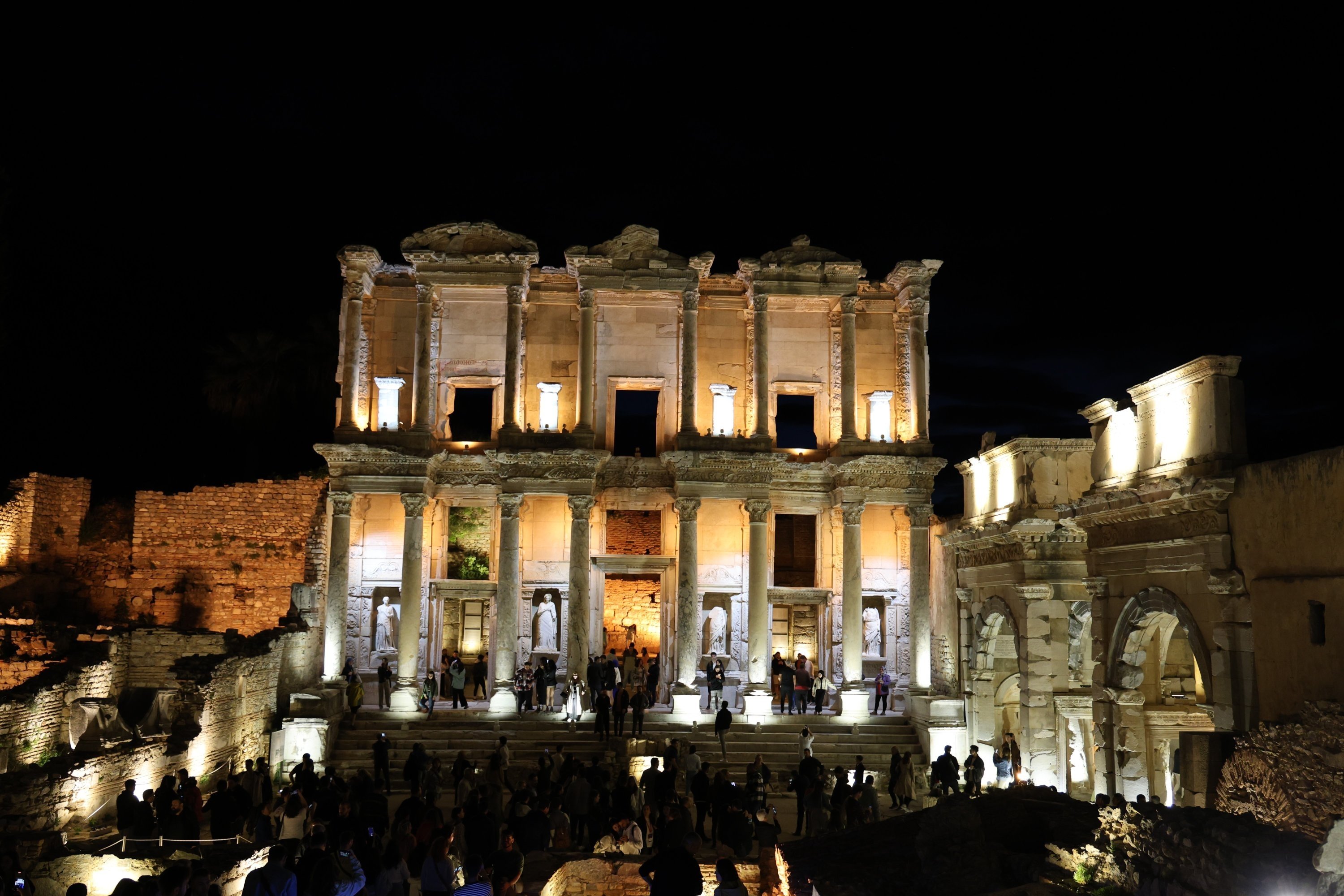
Following the success of the initial nighttime museum initiative, the program was expanded significantly. In 2025, between June 1 and Oct. 1, nighttime museum services will be offered at 27 sites across Türkiye. These include Adıyaman Nemrut Archaeological Site, Izmir Ephesus Archaeological Site (open on Wednesdays, Thursdays, Fridays, and Saturdays), Ankara Museum of Anatolian Civilizations, Ankara Ethnography Museum, Antalya Museum, Alanya Museum, Necropolis Museum, Aspendos Archaeological Site, Side Archaeological Site, Patara Archaeological Site, Denizli Hierapolis Archaeological Site, Erzurum Museum, Gaziantep Zeugma Mosaic Museum, Istanbul Archaeological Museums, Hagia Sophia History and Experience Museum, Museum of Turkish and Islamic Arts, Galata Tower, Museum Izmir Culture and Arts Factory, Muğla Bodrum Museum of Underwater Archaeology, Derinkuyu Underground City, Kaymaklı Underground City, Özkonak Underground City, Samsun Museum, Şanlıurfa Museum, Haleplibahçe Mosaic Museum, and Marmaris Museum.
In summary, while Türkiye has recently been writing new success stories across various fields through major initiatives, a profound and quietly unfolding success story is also emerging in the realm of culture and tourism. Long-stalled projects that had become chronic issues are now being completed one by one, and with the addition of large-scale initiatives such as the Türkiye Culture Route Festival and the Legacy for the Future Project, a new cultural and artistic fabric is being woven. Naturally, these projects will pave the way for further initiatives and significantly contribute to making Türkiye a prominent global center in this field as well.

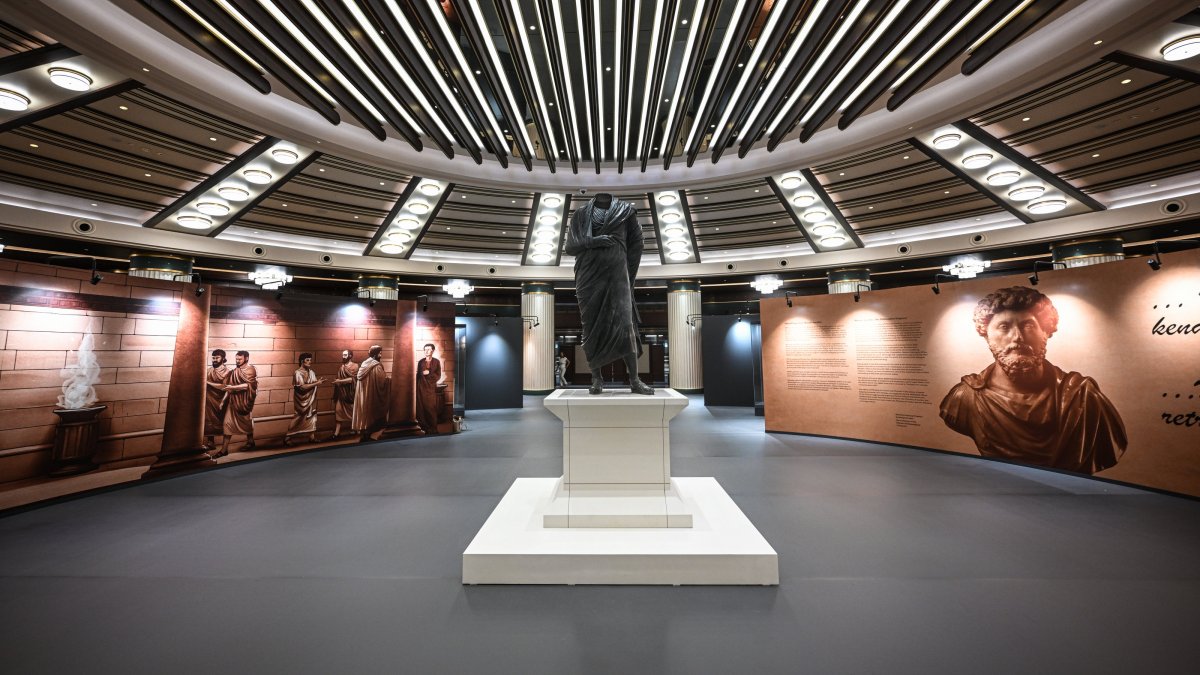















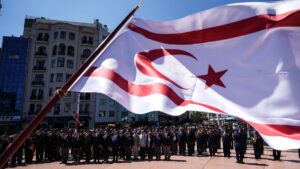

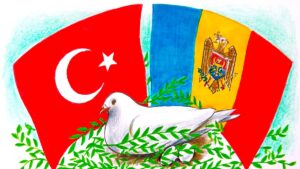

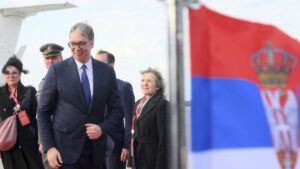
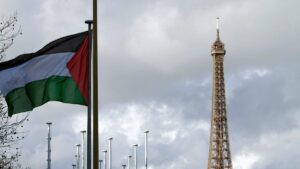


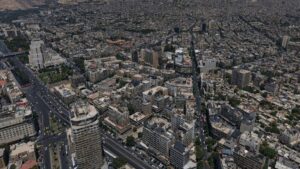












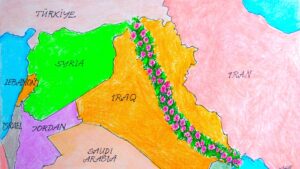


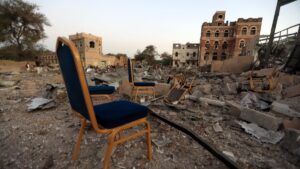










Be First to Comment